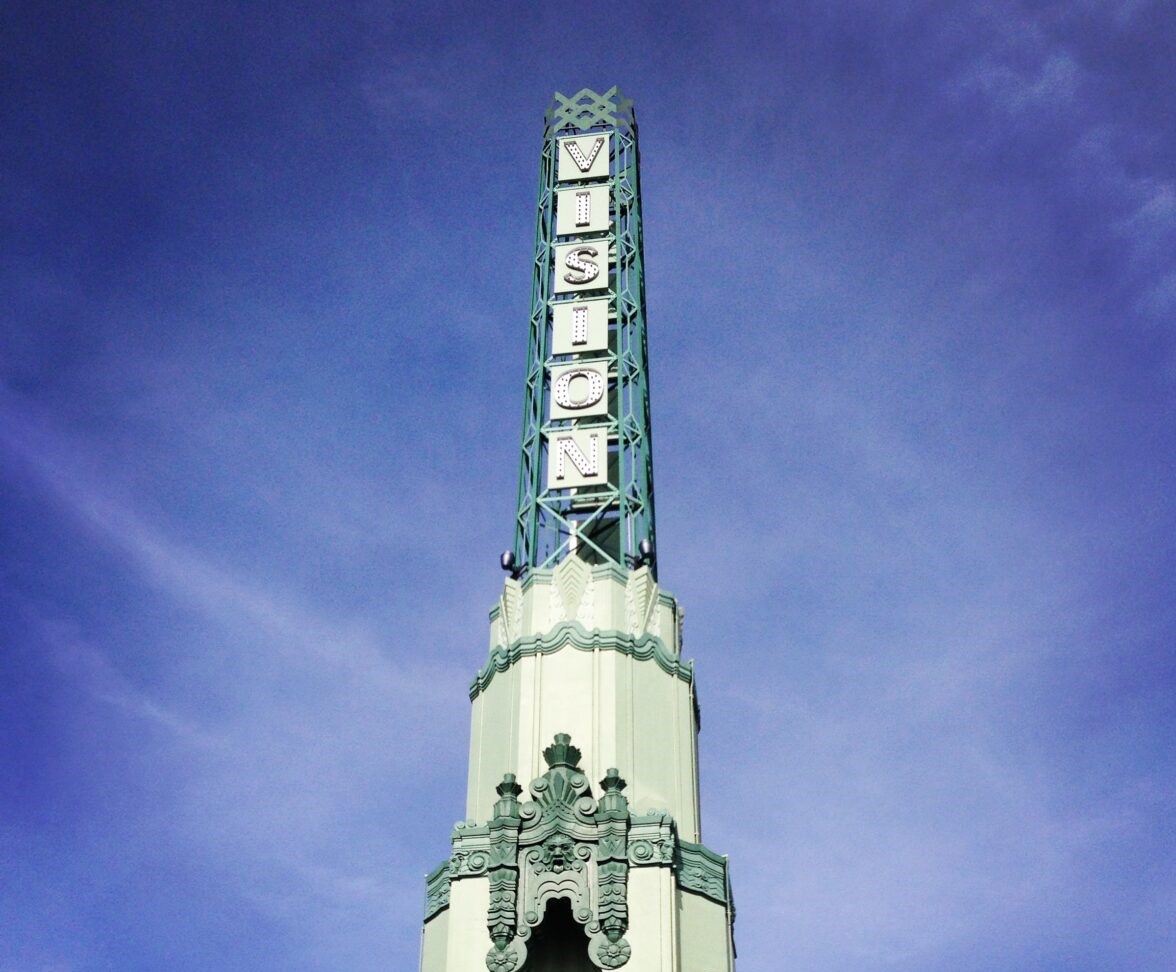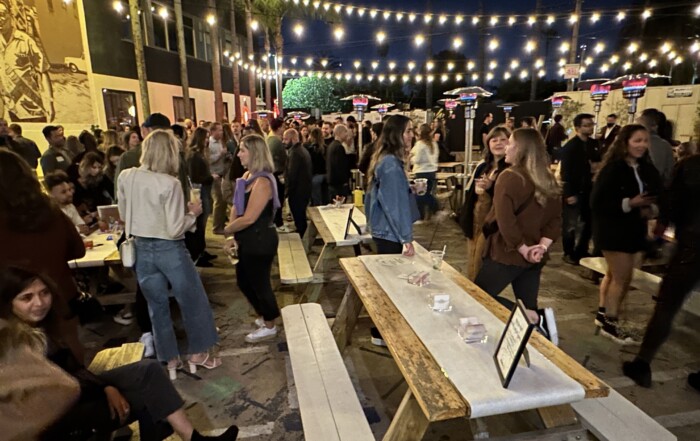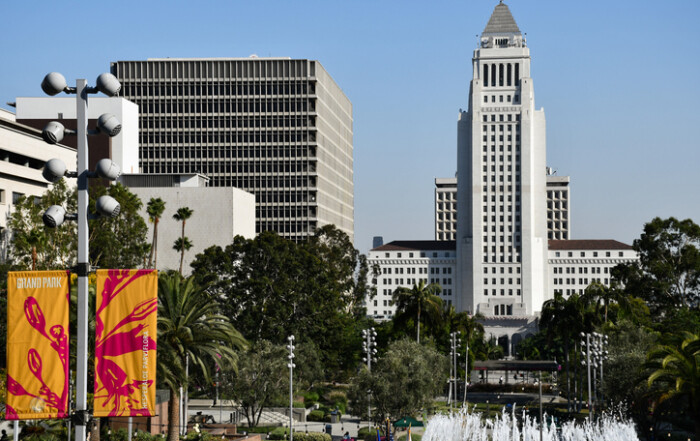The Los Angeles City Council passed several motions related to the Westside during its past few council meetings from October 6-13.
Take a quick look at a few of them here:
Los Angeles Accepts $2 Million Grant for Community Intervention Program
At its meeting on October 6, the Los Angeles City Council officially accepted a $2 million grant for the Community-Based Violence Intervention and Prevention Initiative (CVIPI) from the U.S. Department of Justice.
“The grant will aim to prevent and reduce violent crime in Los Angeles by supporting comprehensive, evidence-based violence intervention and prevention programs,” the city’s review of the grant states.
The money from the grant will help fund continued partnerships with community organizations, schools, and law enforcement that work to curb violence. These partnerships look into “Evidence-based violence intervention and prevention programs,” and will include a planning phase to allow for time to research potential programs.
Over half of the $2 million total will be used to tender contracts with two different entities to help run the program. A $350,000 agreement between the city and Justice and Security Strategies Inc. for administrative services regarding the programs, including planning, research, assessment, and reporting of program results.
Another $675,000 will be allocated to an agreement with Tessie Cleveland Community Service Corporation to provide community outreach, violence prevention, and mental health and prevention services. Another $466,652 will be reserved for a second provider of these services, for which a Request for Proposal (RFP) has been approved and made public to potential bidders.
Cunningham Residence Designated as Historic-Cultural Monument
The Cunningham Residence —located at 1802-1806 S. Crenshaw Boulevard between Washington Boulevard and St. Charles Place — was officially recognized as a Historical-Cultural monument at the October 10 council meeting. The residence is considered a particularly intact display that “Embodies the distinctive characteristics of the American Foursquare architecture style.”
The residence was designed and built in 1912 as the residence of Thomas Joseph Cunningham — an undertaker who also founded a local mortuary business. It is notable for its American Foursquare style, which was popular from the late 1890s to the 1930s, which features a hipped roof with no vertical sides, large windows, a wide porch, and an almost cube-like frame.
Many of these characteristics are found in the Cunningham Residence, which includes vertical stained glass windows, a porte-cochere extending over the porch for shade, and a glazed brick chimney. The inside of the house is also a part of its significance, with original wallpaper and murals, wood crown molding, and original wood paneled doors and hardware, among other unique features.
Additionally, the house has seen minimal alterations as it has continued to remain under the ownership of the Cunningham family, with the only permit outside of the original construction plan being the installation of an elevator in 1946. This was a key factor in establishing the relevance of the Cunningham residence.
“It was noted that many of the buildings from the same era surrounding the subject property have been significantly altered,” The Cultural-Historical designation application for the Cunningham Residence submitted to the city said, “And therefore the original state of the subject property appears to be rare in the Arlington Heights neighborhood.”
Bollards to be Acquired for Vision Theater
In a continued effort to revitalize the Leimert Park neighborhood — located just east of Crenshaw — the city council allocated over $300,000 for the construction of bollards outside the Vision Theater located at 3341 West 43rd Place.
The Vision Theater has stood for over 80 years, opening first at the Leimert Theater in 1931. It shows that age through features like the tall steel frame holding the theater’s name along with a wide horizontal display showing off the titles at the theater at a size too large to be ignored.
It has gone through several changes in ownership over the past 33 years since it was purchased by actress Marla Gibbs who gave the Vision Theater its name. However, the building fell into financial trouble and is now under city ownership. It is currently undergoing major renovations and is expected to open in 2025, but the city is moving to improve the outside of the theater prior to its reopening.
The pneumatic bollards that would be installed are electrically powered, retractable bollards that are mainly used to block vehicles from passing the bollards during certain times of the day. According to the motion, these bollards will also be used to help “activate” the Vision Theater’s plaza area and is consistent with the push to improve Leimert Park.
“The Bureau of Street Services has committed resources to the process of upgrading the infrastructure in the Leimert Park business districts,” the motion for the bollards reads, “Which includes replacement of sidewalks, gutters, curbs, and streets.”
Parts of Pico Boulevard Designated as “Oaxacan Corridor”
The city of Los Angeles has the second highest concentration of Oaxacan people outside of their native country, and the city of Los Angeles moved to recognize this on Wednesday with the designation of an “Oaxacan Corridor” on Pico Boulevard between Arlington Avenue and Westmoreland Avenue.
Within the corridor lies many Oaxacan-owned businesses, the motion to name the corridor reads, and is placed within Council District 1 and Council District 10, where most of the more than 150,000 Oaxacans in the city are located according to the motion.
Along with the designation, the motion also calls for streetscape improvements to be made throughout the corridor, including facade improvements, potential art projects, and permanent ceremonial signs that will publicize the change that will be installed no later than November 17.
This designation comes in the wake of racist comments from Los Angeles city council members that targeted the Oaxacan population. In leaked audio tapes of a conversation between former councilmembers Nury Martinez, Gil Cedillo, current councilmember Kevin De Leon, and former Los Angeles County Federation of Labor President Ron Herrera, Martinez remarked that she saw “A lot of short, dark people in Koreatown,” and referred to them as “tan feos,” meaning “so ugly.”
The current council recognized the need to mend the relationship between the council and these constituents and noted that the aim is to make the corridor an area for economic development.
Photo Credit to Adrian Scott Fine/L.A. Conservancy
Stay informed. Sign up for The Westside Voice Newsletter
By clicking submit, you agree to share your email address with Westside Voice. We do not sell or share your information with anyone.








